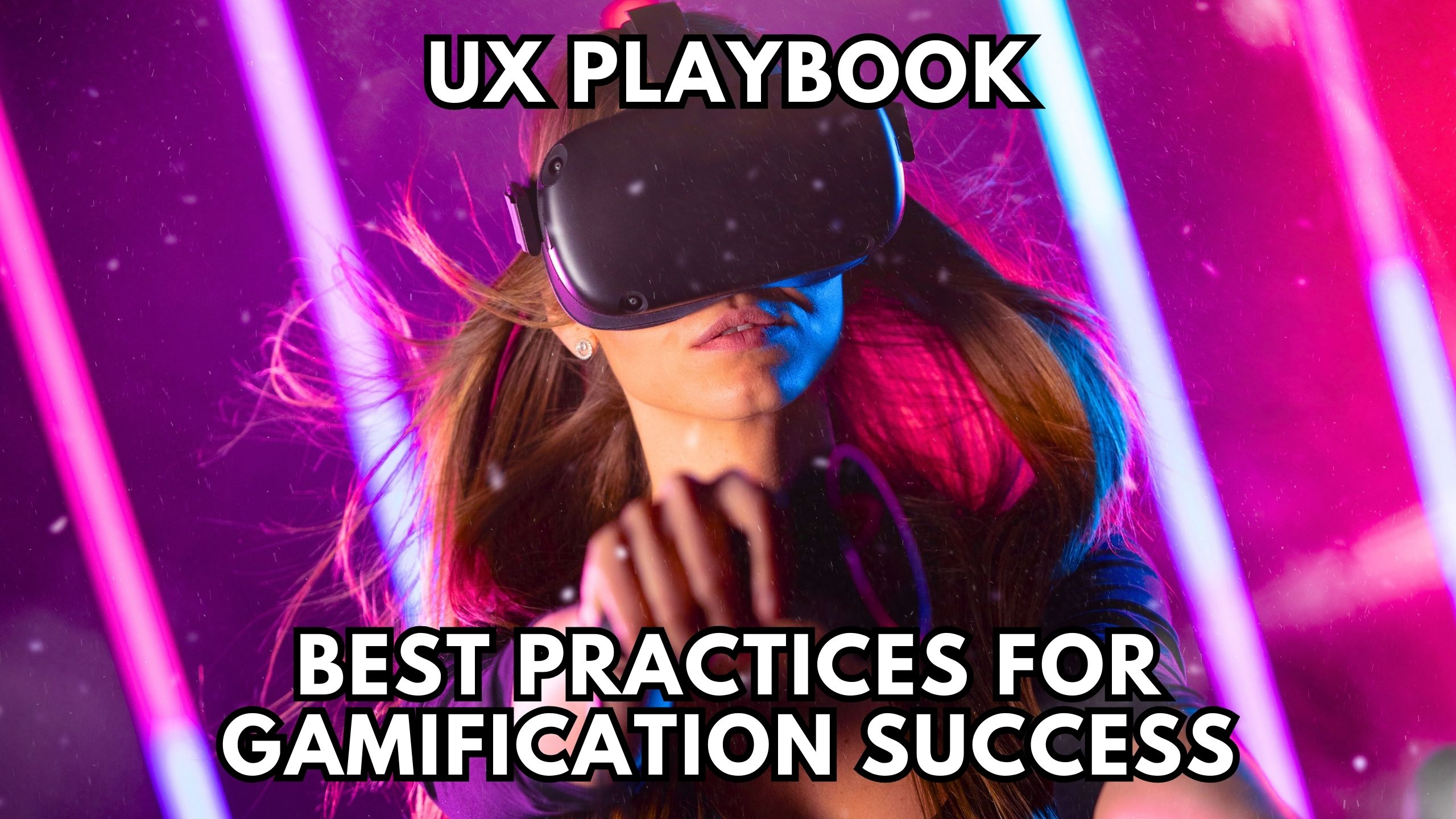UX Playbook: Best Practices for Gamification Success


UX Playbook: Best Practices for Gamification Success
In the realm of User Experience (UX), integrating gamification elements has become a powerful strategy to enhance engagement and user satisfaction. Leveraging SaaS tools can elevate the implementation of gamification, ensuring a seamless and rewarding user journey. Let’s delve into the best practices for gamification success and the SaaS products that can amplify these strategies.
1. Understand Your Audience
Before embarking on gamification endeavors, employ tools like UserTesting to gain deep insights into your audience’s preferences and behaviors. By understanding your users, you can tailor gamification elements that resonate, creating a personalized and enjoyable experience. Uncover the user journey intricacies and preferences through real-time testing and feedback with UserTesting, providing a foundation for a user-centric gamification strategy.
2. Define Clear Objectives
Tools such as Trello can help in defining and visualizing clear objectives for your gamification strategy. Having a project management platform ensures that goals are articulated, tracked, and achieved, providing transparency and alignment across your team. With Trello, you can organize your gamification project into boards, making objectives visible, manageable, and collaborative for your entire team.
3. Create a Rewarding System
Implementing a rewarding system is central to gamification success. Badgeville is a gamification platform that seamlessly integrates with your applications, allowing you to design and implement a robust reward system. This not only boosts user engagement but also encourages desired behaviors. Badgeville’s intuitive platform ensures that your reward system aligns with your brand, providing users with a visually appealing and motivating experience.
4. Feedback and Iteration
Incorporate tools like Qualtrics for collecting user feedback on your gamified features. Feedback loops are vital for continuous improvement. By utilizing survey and feedback data, you can iterate on your gamification elements, ensuring they align with user expectations. Qualtrics not only gathers insights but also facilitates an iterative approach, allowing you to adapt your gamification strategy based on real-time user feedback.
5. Performance Analytics
Monitor and analyze the performance of your gamified features with tools like Mixpanel. Comprehensive analytics provide insights into user interactions, helping you refine and optimize gamification elements for maximum impact. Understanding user behavior is key to continuous improvement. Mixpanel’s advanced analytics offer detailed insights into user engagement, enabling you to make data-driven decisions and fine-tune your gamification strategy for optimal performance.
Conclusion
Gamification is a dynamic strategy to enhance user engagement and satisfaction, and SaaS tools play a pivotal role in its successful implementation. By understanding your audience, setting clear objectives, creating rewarding systems, incorporating feedback loops, and leveraging performance analytics, you can create a gamification strategy that resonates with users and drives positive outcomes. Elevate your UX through these practices and witness a more engaging and fulfilling user experience.
Elevate Your UX with Subscribed.fyi!
Ready to supercharge your UX with the right SaaS tools? Sign up for free at Subscribed.fyi and unlock exclusive member-only deals. With Subscribed.fyi, you gain access to insights that empower you to compare, evaluate, and select the best SaaS tools for your specific UX needs. From gamification platforms to user testing tools, your journey to superior UX design and substantial savings starts here – seize your secret deals today!
Relevant Links:





